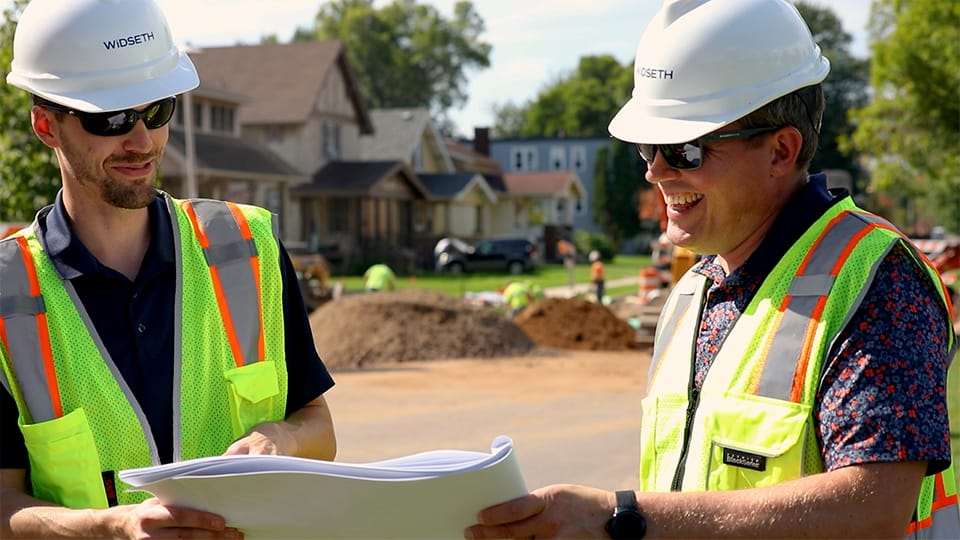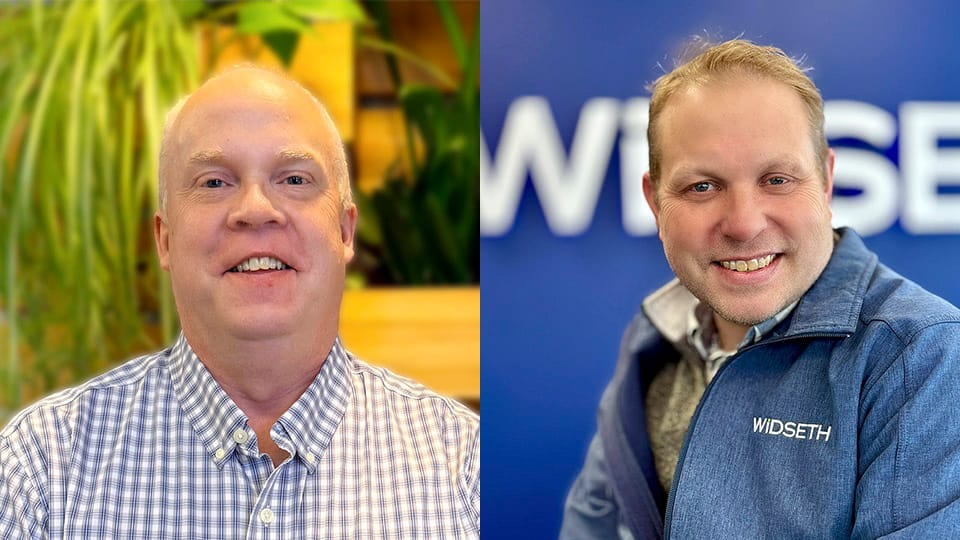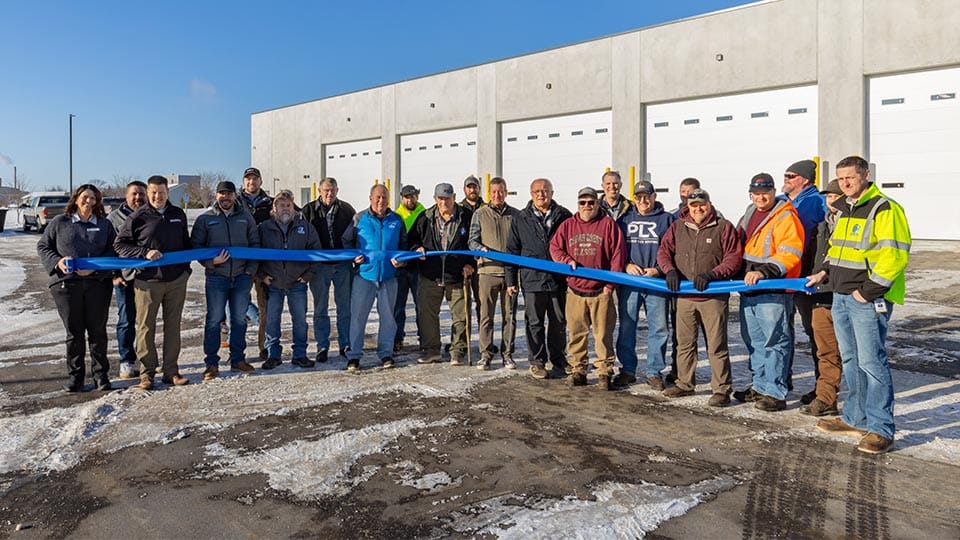Minnesota is taking major steps to identify and replace lead water service lines by 2033, making drinking water safer for everyone. For the first time, almost all communities with water systems will be required to replace their lead pipes. By removing the greatest source of lead in drinking water, we can further the goal of safe drinking water for current and future generations.
Minnesota Department of Health Leading the Way
The Minnesota Department of Health (MDH) is leading the project. They are following new Environmental Protection Agency (EPA) rules that require a full inventory and replacement of lead pipes. Thanks to state funding and money from the federal Infrastructure Investment and Jobs Act (IIJA), the cost of replacing these lead pipes will not be passed on to residents or homeowners.
To get started, MDH identified 966 community water systems that need to complete detailed inventories of their water lines. In Spring 2024, MDH awarded 405 contracts to help with this work. As one of the firms involved, Widseth managed the task of locating and identifying lead pipes in more than 45 communities. Out team reviewed documents, inspected sites, contacted residents, and created detailed GIS maps. These maps help organize the information and feed it into the University of Minnesota’s online tool, called the Minnesota Lead Inventory Tracking Tool (LITT).
Clearing the Way for Cleaner Water
Looking ahead, Widseth continues to assist communities with updating their Public Water System (PWS) inventories, notifying residents about known or suspected lead pipes, and complying with EPA requirements under the Lead and Copper Rule Improvements (LCRI).
These rules require every water system to have a lead pipe replacement plan ready by November 2027.
MDH is currently working on the second phase of the project. There are still about 280,000 water lines classified as “unknown” out of 1.5 million total. Widseth has been selected to handle this phase for additional communities, helping them apply for placement on MDH’s Project Priority List (PPL) to secure funding for future replacements.




